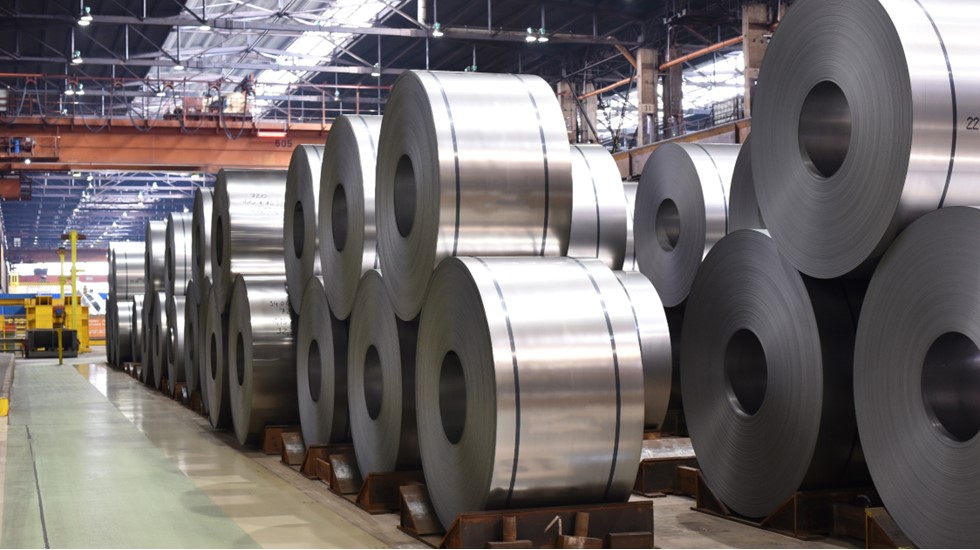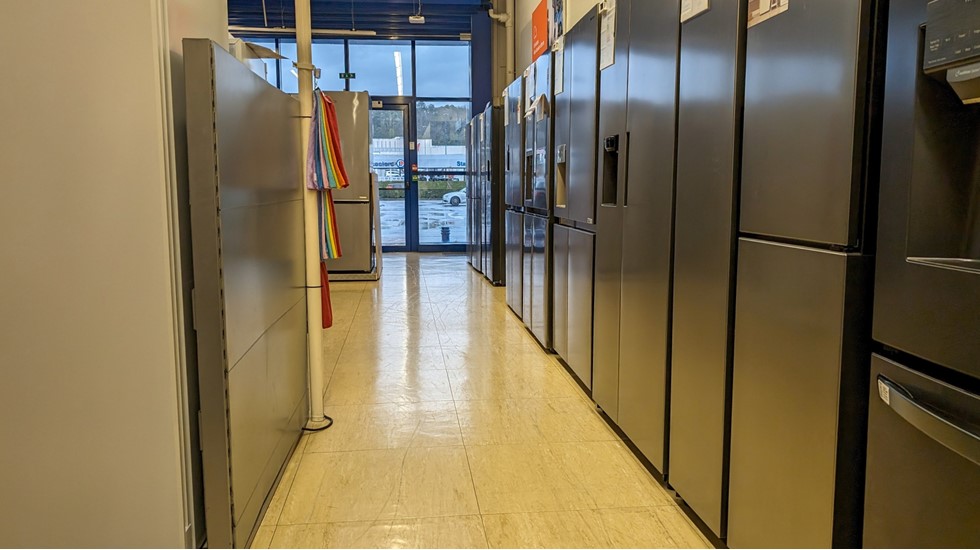Durable goods orders retreat
Timing a rate cut is complicated.

July 25, 2025
June durable goods orders tumbled -9.3%, following an upwardly revised 16.5% surge in May. Although this was the biggest decline since April 2020 and the start of the pandemic, it still topped consensus expectations. May’s jump was the largest in more than a decade. A sharp swing in aircraft orders boosted gains in May at the expense of gains in June. Excluding transportation, orders rose 0.2% in June, which looks more solid than it may appear, as rising costs of tariffs on inputs could be starting to buoy those gains.
Transportation orders plummeted -22.4%. That was to be expected, despite still robust orders in the aerospace industry in June. May was a blockbuster month for airplane orders surging above 300 for one major manufacturer alone. Orders for motor vehicles and parts also showed growth, rising 0.9% after a 0.8% increase in May.
Distilling how much is due to a boost in tariffs and how much is due to tariff front-running is getting harder, as many firms stockpiled ahead of tariffs and moved to mitigate the initial blow via bonded warehouses in Foreign Trade Zones (FTZ), although the administration is closing loopholes that enable firms to further limit input costs by actually reducing foreign content while in an FTZ.
Away from transportation orders, the report showed broad-based gains. Computer and electronic product orders rose 0.6%, aided by data center buildouts associated with AI. Data centers are the one of the last bastions of construction growth. The backlog on those orders swelled earlier this year, suggesting an effort to get ahead of potential tariffs on semiconductors, which are due any time now.
Electrical equipment orders edged up 0.1% for the same reason due to the required connectivity to the grid to power AI applications. Fabricated metals orders increased 0.2%, machinery orders advanced 0.4% and primary metals climbed 0.6%. Those gains likely affected the higher prices due to tariffs as they are areas that were hit first.
Defense equipment orders fell -8.2% after robust 31% growth in May, which was the largest rise in three years. Even with the drop in June, defense orders are still strong historically. This is likely due to the ongoing conflicts in the Middle East and Ukraine.
Orders for nondefense capital goods excluding aircraft, a proxy for business capital spending on equipment, slipped -0.7% after a 2% bump in May. The decline would be even greater, adjusted for tariff effects, and underscores how gains today are borrowing from gains going forward.
A July survey of manufacturing executives shows sliding sentiment. Both the S&P Global manufacturing purchasing managers' index (PMI) and ISM manufacturing PMI came in below 50, indicating contracting activity. The new orders component of the ISM PMI hovered in contractionary territory for the fifth straight month. That tracks with how investment decisions have been whipsawed by trade tensions and the uncertainty surrounding them.
Core capital goods shipments rose 0.4% after a 0.5% increase in May. These data feed into the calculation of business fixed investment and suggest the second quarter may be stronger than previously forecast. Inventories grew 0.2% in June. Some of that gain reflects the effect that higher tariffs are having on input costs. That could lower the actual contribution to GDP.
Investment held up in the second quarter but is poised to slow in the back half of the year.

Benjamin Shoesmith
KPMG Senior Economist
Bottom Line
Durable goods orders beat expectations in part due to the scramble to support AI investments, the front-running of the most prohibitive tariffs and the resulting higher prices. Investment held up in the second quarter but is poised to slow in the back half of the year given the pivot on orders and recent ISM data.
The Federal Reserve is widely expected to stay on hold in July, although at least one (maybe two) dissents are likely. The Fed should "look through" a one-time hike in tariffs. What has complicated the debate within the Fed is the proximity to the pandemic inflation and the uneven, staggered rollout of tariffs. There is no one-and-done to rest the laurels of Fed decisions upon, which has complicated timing a rate cut.
Explore more

Tariff pause ignites surge in manufacturing
Transportation orders rebounded sharply.

KPMG Economics
A source for unbiased economic intelligence to help improve strategic decision-making.

Insights from the Emerald Isle: On tour with economists abroad
Other economies are strengthening trade ties between them, leaving the US behind.
Meet our team

Subscribe to insights from KPMG Economics
KPMG Economics distributes a wide selection of insight and analysis to help businesses make informed decisions.